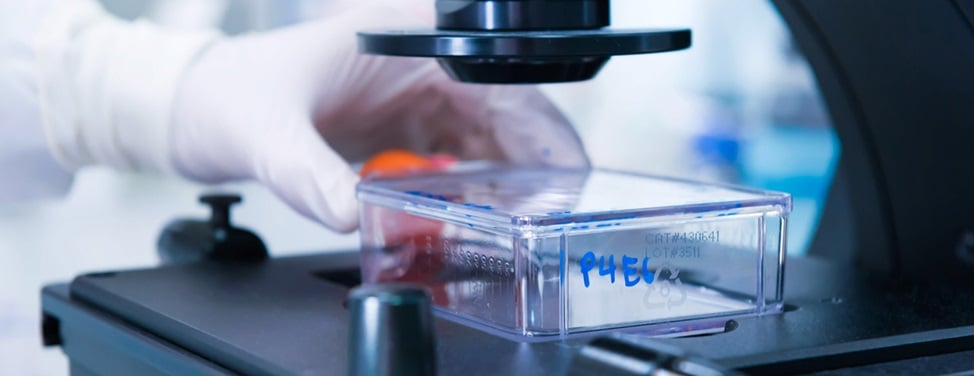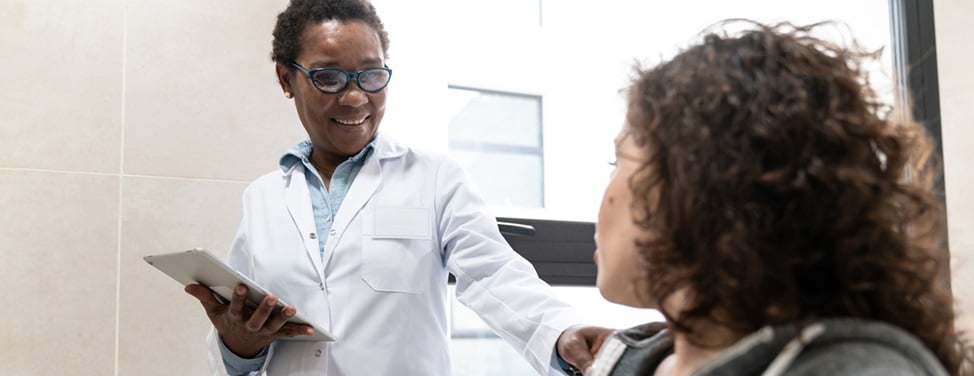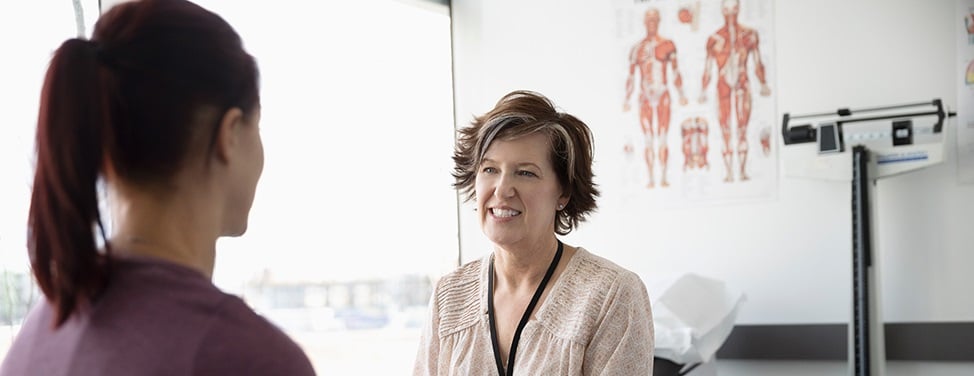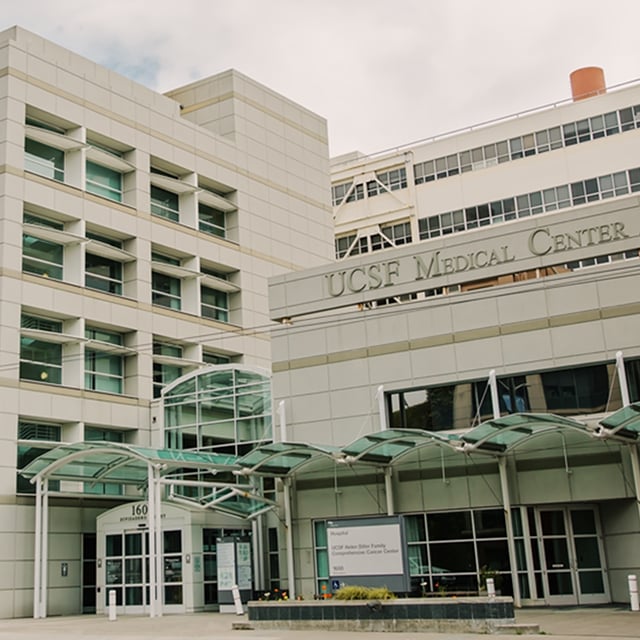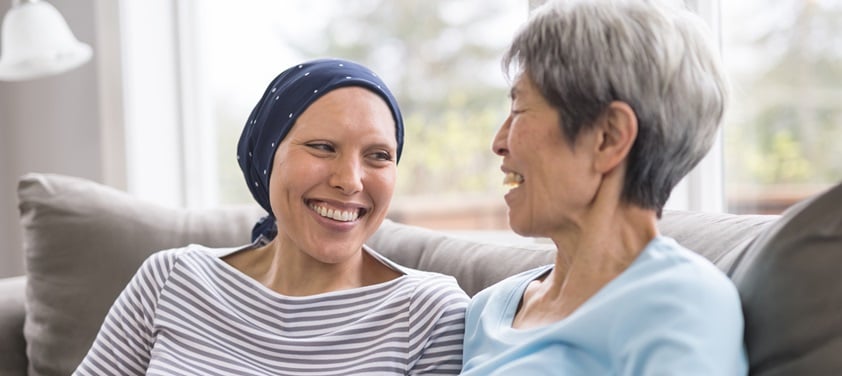Ovarian Cancer

Overview
Ovarian cancer originates in the cells of the ovaries, including surface epithelial cells, germ cells and the sex cord-stromal cells.
Ovarian tumors include:
- Germ cell tumors. Ovarian germ cell tumors develop from cells that produce the ova or eggs. Most germ cell tumors are benign, although some are cancerous and may be life-threatening. The most common germ cell malignancies are maturing teratomas, dysgerminomas and endodermal sinus tumors. Teenagers and women in their 20s are most often diagnosed with germ cell malignancies. Before combination chemotherapy was available as a treatment, the most aggressive of these tumors – the GNP abnormal sinus tumor – was associated with a one-year disease-free survival rate of only 10 percent to 19 percent, even though 70 percent of these tumors were diagnosed very early. Today, however, 90 percent of women with ovarian germ cell malignancies can be cured and their fertility preserved.
- Stromal tumors. Ovarian stromal tumors develop from connective tissue cells that hold the ovary together and those that produce the hormones estrogen and progesterone. The most common types are granulosa-theca tumors and Sertoli-Leydig cell tumors. These tumors are fairly rare and usually are considered low-grade cancers.
- Epithelial tumors. Epithelial ovarian cancer develops from the thin layer of cells, called the epithelium, that covers the ovary. Most epithelial ovarian tumors are benign, including serous adenomas, mucinous adenomas and Brenner tumors.
Cancerous epithelial tumors are the most common and the most serious of ovarian cancers, accounting for 85 percent to 90 percent of all ovarian cancer. Some ovarian epithelial tumors don't appear clearly cancerous under the microscope and are called borderline tumors or tumors of low malignant potential (LMP tumors).
When cancer is diagnosed early while the tumor is limited to the ovary, the cure rate is better than 90 percent. Unfortunately, about two-thirds of women with ovarian cancer initially seek medical attention when the tumor is already advanced and has spread outside of the ovary. In these instances, the five-year survival rate is significantly lower.
Our approach to ovarian cancer
UCSF provides innovative, compassionate care in a supportive environment to patients with ovarian cancer. Our team includes gynecologic oncologists, gynecologic cancer surgeons, radiation oncologists and nurses with special training in reproductive cancers.
We believe that education is a powerful part of the healing process. Our team works with each patient to help her understand her condition and all her treatment options, so we can decide together on the best course of action. Your individual treatment options will depend on how far the cancer has progressed, your age and your overall health.
We also offer genetic counseling for patients who may be at higher risk for developing ovarian cancer and other types of cancer that can run in families.
Awards & recognition
-

Among the top hospitals in the nation
-
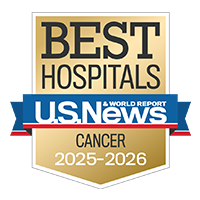
Best in California and No. 7 in the nation for cancer care
-

One of the nation’s best for obstetrics & gynecology
-
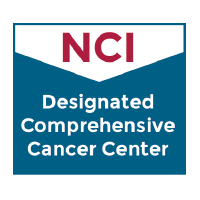
Designated comprehensive cancer center
Signs & symptoms
Ovarian cancer often does not have signs or symptoms until later in its development. Symptoms may include:
- Abdominal bloating or swelling
- Abdominal or pelvic pain
- Difficulty eating or feeling full quickly
- Frequent urination or feeling a need to urinate
If these symptoms are persistent and a change from the norm, you should see a gynecologist.
Others symptoms of ovarian cancer can include:
- Back pain
- Constipation
- Fatigue
- Menstrual changes
- Pain during sex
- Upset stomach
These symptoms, however, may be caused by other conditions and aren't necessarily signs of ovarian cancer.
Diagnosis
To help find the cause of your symptoms, your doctor will evaluate your medical history, perform a physical exam and recommend diagnostic tests. The exams and tests may include some of the following:
- Pelvic exam. A pelvic exam consists of feeling the uterus, vagina, ovaries, fallopian tubes, bladder and rectum to find any abnormality in their shape or size. A Pap test, an effective test for cancer of the cervix, is often done along with the pelvic exam, but it is not a reliable way to find or diagnose ovarian cancer.
- Ultrasound. Ultrasound refers to the use of high-frequency sound waves that are aimed at the ovaries. The pattern of the echoes they produce creates a picture called a sonogram. Healthy tissues, fluid-filled cysts and tumors look different on this picture.
- CA-125 assay. This is a blood test used to measure the level of CA-125, a tumor marker that is often found in higher-than-normal amounts in the blood of women with ovarian cancer.
- Lower GI series. Also called a barium enema, this is a series of X-rays of the colon and rectum. The pictures are taken after the patient is given an enema with a white, chalky solution containing barium, which outlines the colon and rectum on the X-ray, making tumors or other abnormal areas easier to see.
- Computed tomography (CT) scan. A CT scan is a series of detailed pictures of areas inside the body created by a computer linked to a X-ray machine.
- Biopsy. Biopsy is the removal of tissue for examination under a microscope. A pathologist studies the tissue to make a diagnosis. To obtain the tissue, the surgeon performs a laparotomy, an operation to open the abdomen. If cancer is suspected, the surgeon performs an oophorectomy, where the entire ovary is removed. This is important because if cancer is present, removing just a sample of tissue by cutting through the outer layer of the ovary could allow cancer cells to escape and cause the disease to spread.
Treatments
Health care professionals specializing in pelvic cancers at UCSF Medical Center will discuss all available therapies with you and make recommendations based on the stage of your disease, age and the overall condition of your health.
Surgery
Surgery to remove the cancerous growth is the primary method for diagnosing and treating ovarian cancer. In some cases, we can remove the cancer using robotic surgery, a minimally invasive technique that can reduce recovery time and the risk of surgical complications.
Radiation therapy
This treatment uses high-energy rays to damage cancer cells and stop them from growing. It is a localized treatment, which means that it works to attack cancer cells in one area. The radiation may come from a large machine, which is called external radiation, or from radioactive materials placed directly into the ovaries, called implant radiation. Some patients receive both types of radiation therapy.
Chemotherapy
Drugs to kill cancer cells are most often used when ovarian cancer has spread to other parts of the body. A patient may receive just one drug or a combination of drugs in cycles. Chemotherapy may be given by injection into a vein or orally. It is a systematic treatment, meaning that the drugs flow through the body in the bloodstream.
UCSF Health medical specialists have reviewed this information. It is for educational purposes only and is not intended to replace the advice of your doctor or other health care provider. We encourage you to discuss any questions or concerns you may have with your provider.
More treatment info
-

Brachytherapy (HDR & LDR)
Radioactive material is placed inside a tumor or very close to it to treat the tumor and spare healthy tissue.
Learn more -
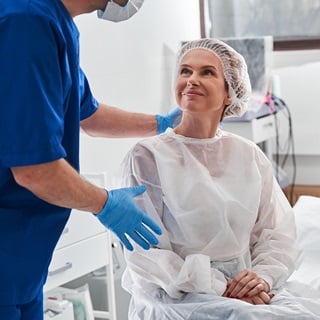
Hyperthermic Intraperitoneal Chemotherapy (HIPEC)
This advanced therapy for hard-to-treat abdominal cancers involves pumping heated chemotherapy drugs through the abdominal cavity.
Learn more -

Intensity-modulated radiation therapy (IMRT)
The advanced technique focuses strong radiation on the tumor and spares surrounding healthy tissue.
Learn more
Recommended reading
Where to get care (6)
Patient stories
Related clinics (5)
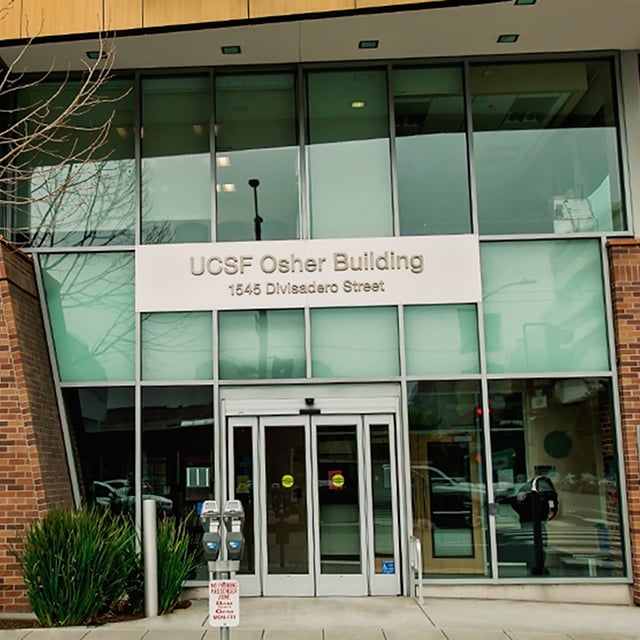
Osher Center for Integrative Health
 2
2






